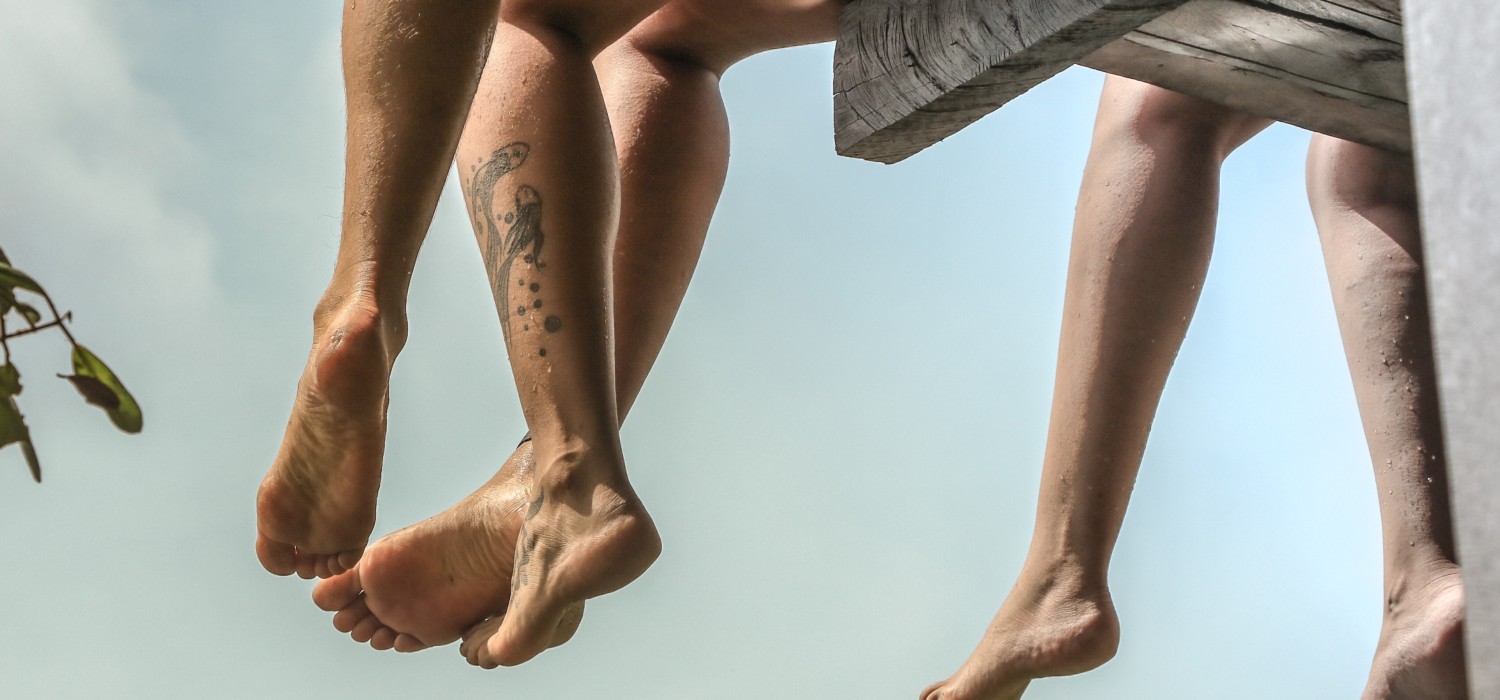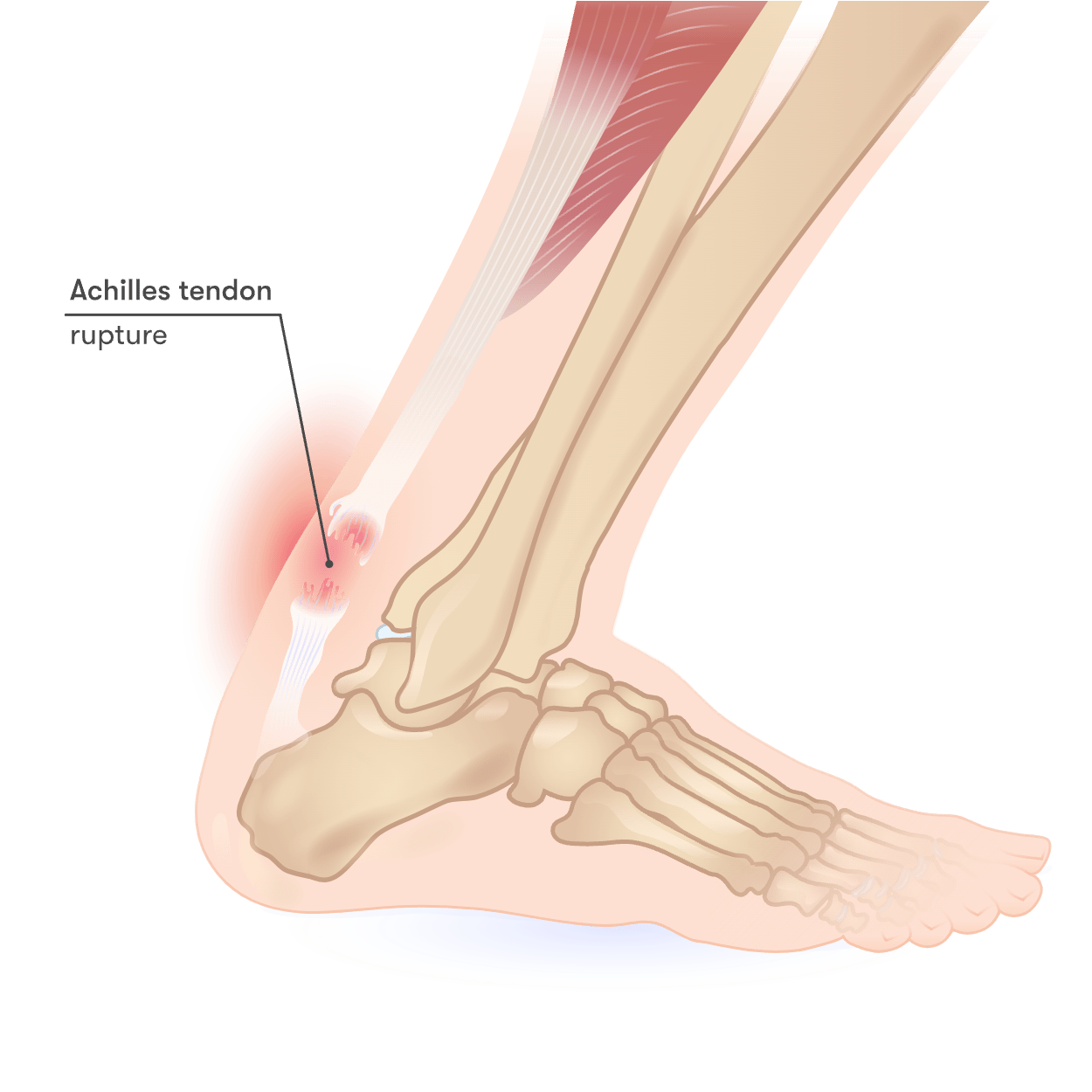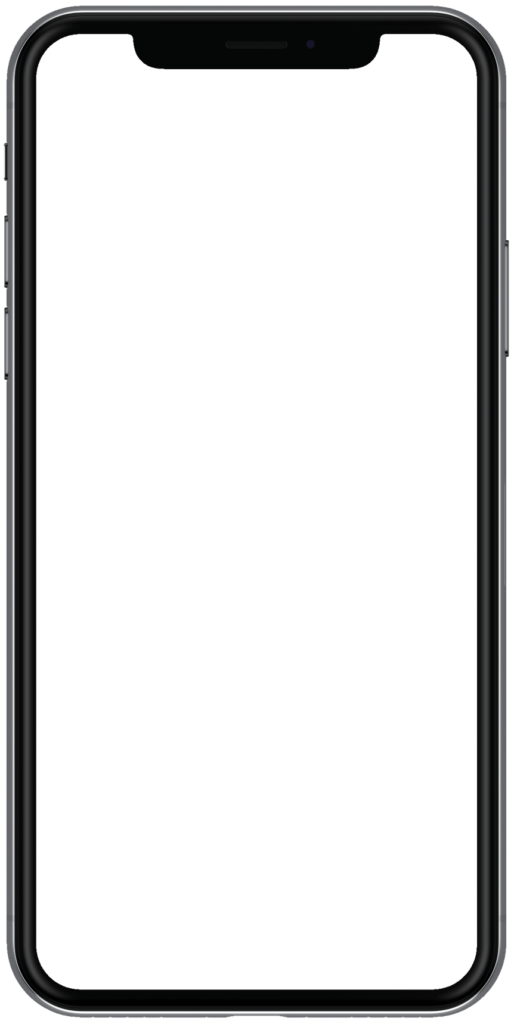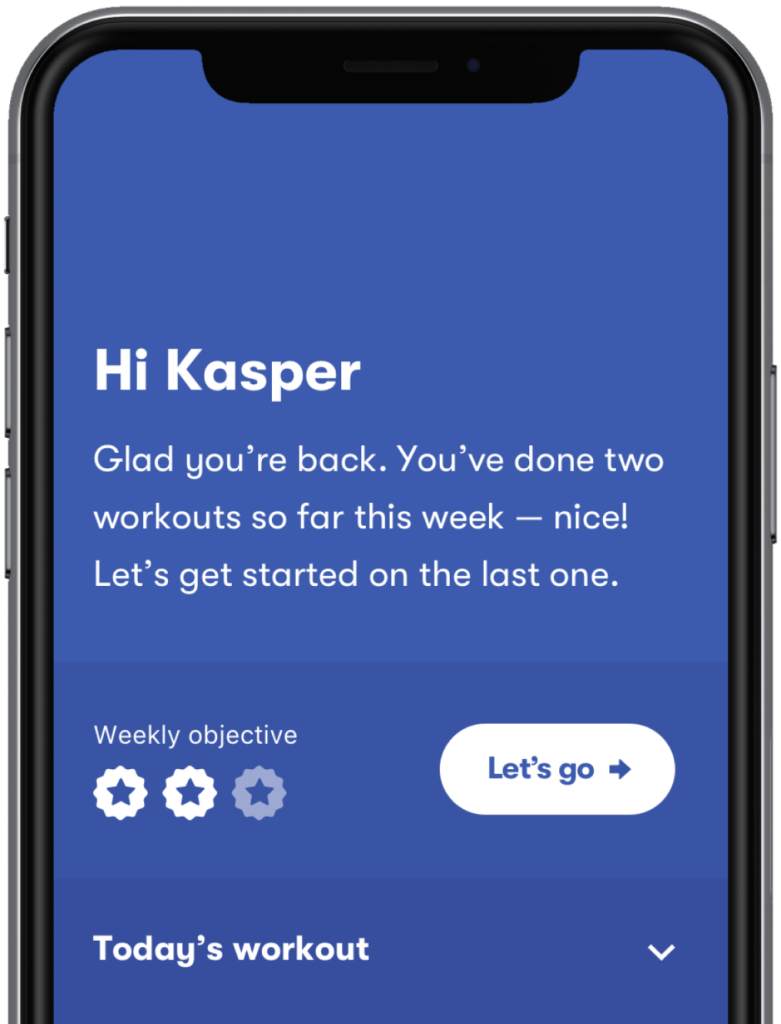Do you suffer from pain in the back of your ankle? It’s possible you have Achilles Tendinitis (or Tendonitis). This is a common sports-related injury that can occur in both recreational as well as competitive athletes. It can also affect people who are not active.1 If you have symptoms of Achilles Tendinitis, don’t despair. Regular exercise can help to significantly reduce the severity of your pain. What’s more, a routine exercise program can reduce your odds of developing similar symptoms in the future.
At Injurymap, we understand how frustrating pain from Achilles Tendinitis can be. We are here to help you better understand the condition with this informative guide. Our mission is to help you get active, strengthen, mobilize, and regain control – killing the pain without the pills. Remember, if your symptoms are severe or persistent, you should always seek care from a healthcare provider.
Content:
What is Achilles Tendinitis?
Causes of Achilles Tendinitis
Insertional Achilles Tendinitis
Non-insertional Achilles Tendinitis
Achilles Tendinitis Symptoms
Complications
Achilles Tendinitis Diagnosis
Treatment
Recovery Time
What is Achilles Tendinitis?
Achilles Tendinitis refers to an inflammation or irritation of the Achilles tendon, which is the strongest and thickest tendon in the human body. Three large muscles in the calf combine to form a tough band of fibrous tissue called the Achilles tendon. The tendon connects the muscles of the calf to the heel bone.2 You use the Achilles tendon to run, walk, jump, climb stairs, and lift your heel. The tendon is palpable behind the ankle as the heel cord.
The Achilles tendon can endure a great deal of stress and tension. However, it is prone to inflammation and irritation (tendinitis) due to excessive use and degenerative changes. The inflammation is usually mild to moderate, but in rare cases, it can be severe and lead to tendon rupture. Like all the other tendons in the body, the Achilles tendon stiffens as a person grows older. This puts older individuals at an increased risk of injury.
It’s important not to mistake Achilles tendinitis for another similar condition called retrocalcaneal bursitis, which is an inflammation of a bursa located near the heel bone. If your symptoms do not improve with home treatment, please see a doctor to rule out other foot problems, such as heel bursitis, arthritis, plantar fasciitis, and stress fracture.



